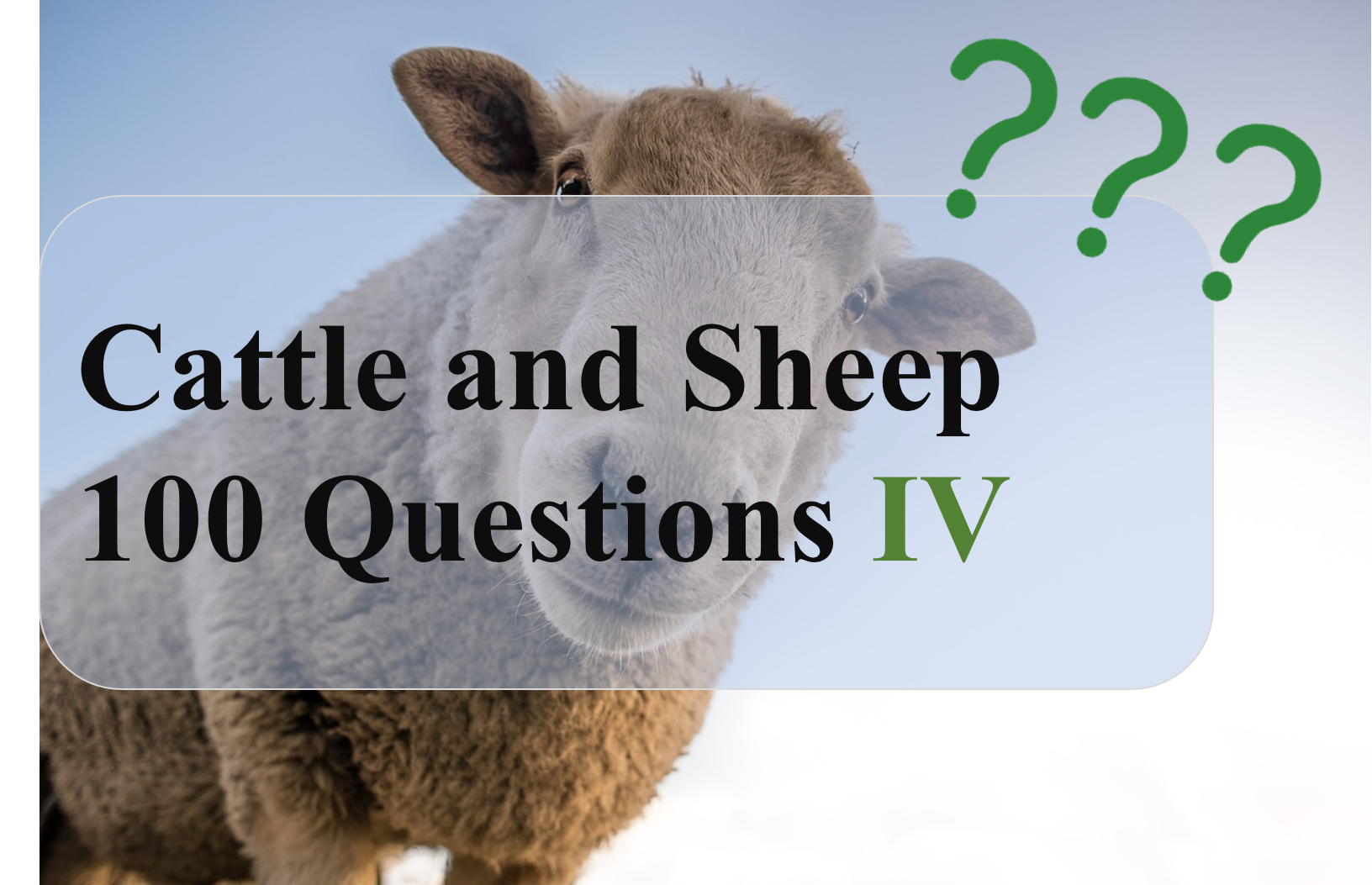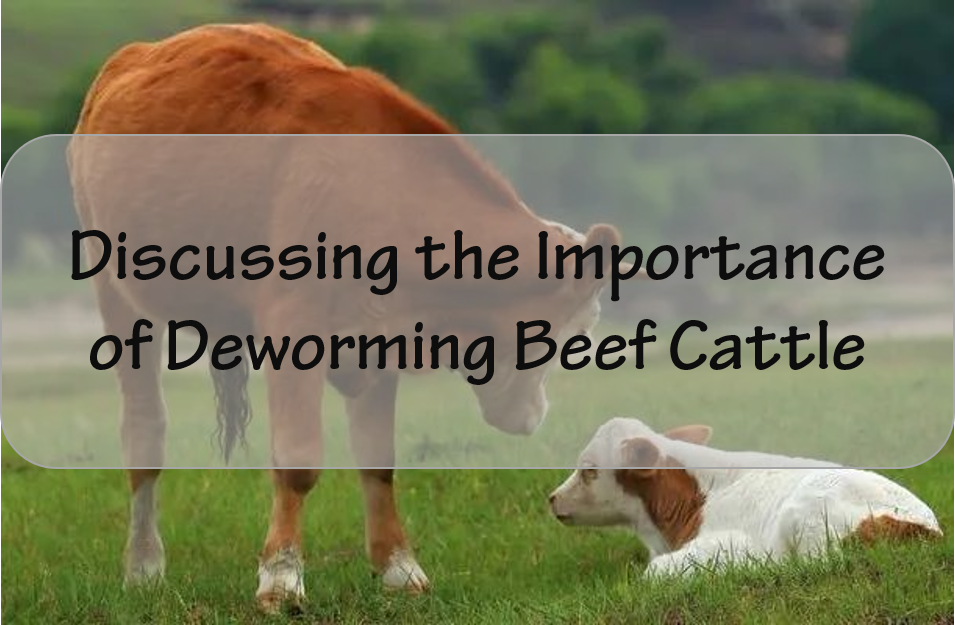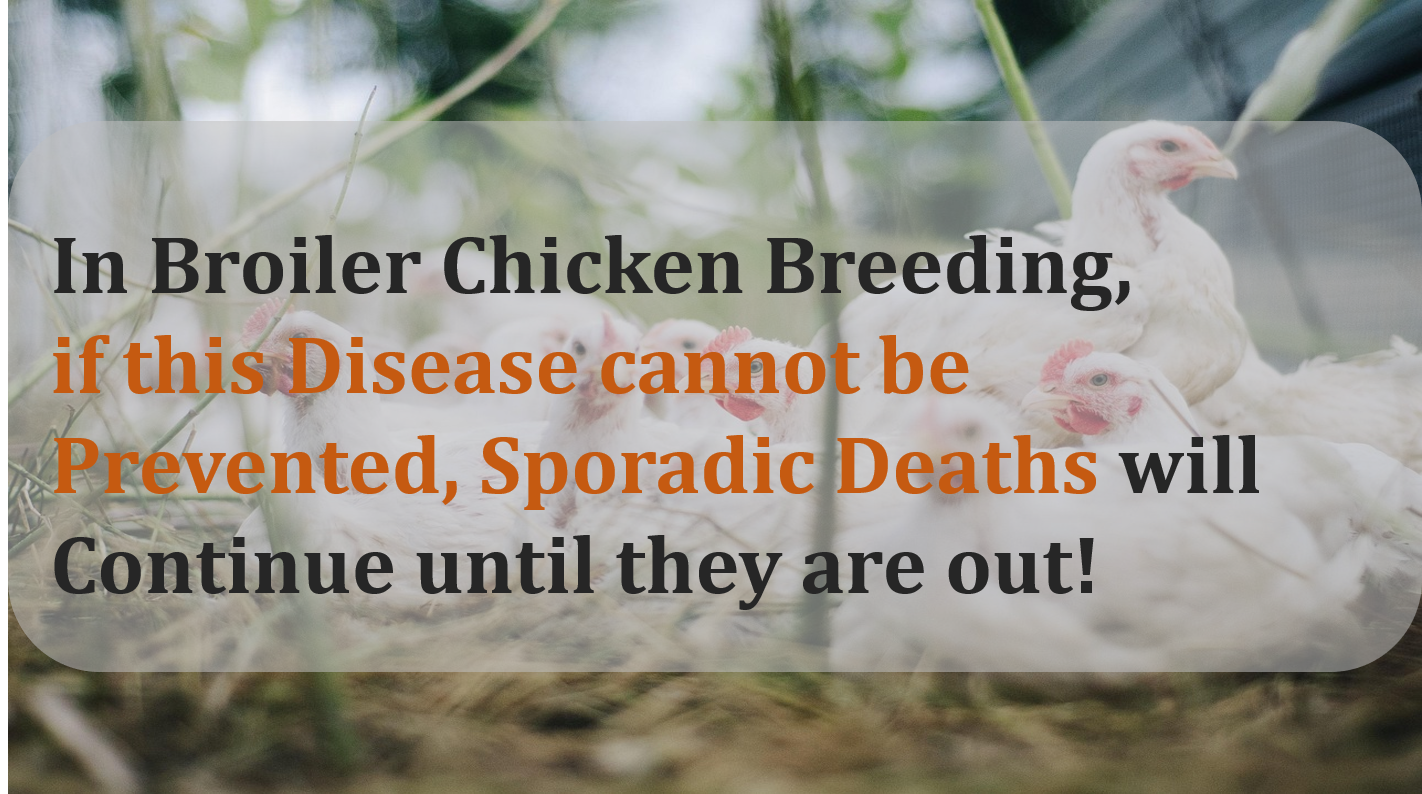| AMPs Mechanism of Killing Microbes Antimicrobial peptides are an attractive alternative to traditional antibiotics, due to their physicochemical properties, activity toward a broad spectrum of bacteria, and mode-of-actions distinct from those used by current antibiotics(1). In general, Transmemebrane pore formation is one of the mechanism of microbial killing of AMPs. Their amino acid composition, amphipathicity, cationic charge and size allow them to attach to and insert into membrane bilayers to form pores by 'barrel-stave', 'carpet' or 'toroidal-pore' mechanisms(2). (Niv P.,2003) Membrane Model Targeting Microbial Pathogens The cationic AMPs have a stronger affinity with microbial pathogens due to the presence of the unique anionic components in the plasma membrane of bacteria and fungi, such as LPS of Gram-negative bacteria, lipoteichoic acid of Gram-positive bacteria and mannan of fungi. AMPs cause membrane permeation or perforation to induce the leakage of intracellular contents, or penetrate into the membrane to exert intracellular actions. The rapid killing and generic membrane and intracellular effects without targeting specific molecules/pathways prevent the development of bacterial resistance to AMPs (3). Reference: 1. Aurélie H. Benfifield and Sónia Troeira Henriques, Mode-of-Action of Antimicrobial Peptides: Membrane Disruption vs. Intracellular Mechanisms,Frontiers in Medical Technology,Front. Med. Technol., 11 December 2020 2. Kim A.Brogden, Antimicrobial peptides:pore former of metabolic inhibitors in bacteria?, Nature Reviews Microbiology 3, 238-250 (2005) 3. Qi-Yu Zhang, Zhi-Bin Yan, Yue-Ming Meng, Xiang-Yu Hong, Gang Shao, Jun-Jie Ma, Xu-Rui Cheng, Jun Liu, Jian Kang & Cai-Yun Fu, Anitimicrobial peptides: mechanism of action, activity and clinical petential, Military medical research 8, Article number: 48(2021) |
 Cattle and Sheep 100 Questions Ⅳ
Cattle and Sheep 100 Questions Ⅳ
 Discussing the Importance of Deworming Beef Cattle
Discussing the Importance of Deworming Beef Cattle
 In broiler chicken breeding, if this disease cannot be prevented, sporadic deaths will continue until they are out!
In broiler chicken breeding, if this disease cannot be prevented, sporadic deaths will continue until they are out!
 Cattle and Sheep 100 Questions Ⅱ
Cattle and Sheep 100 Questions Ⅱ